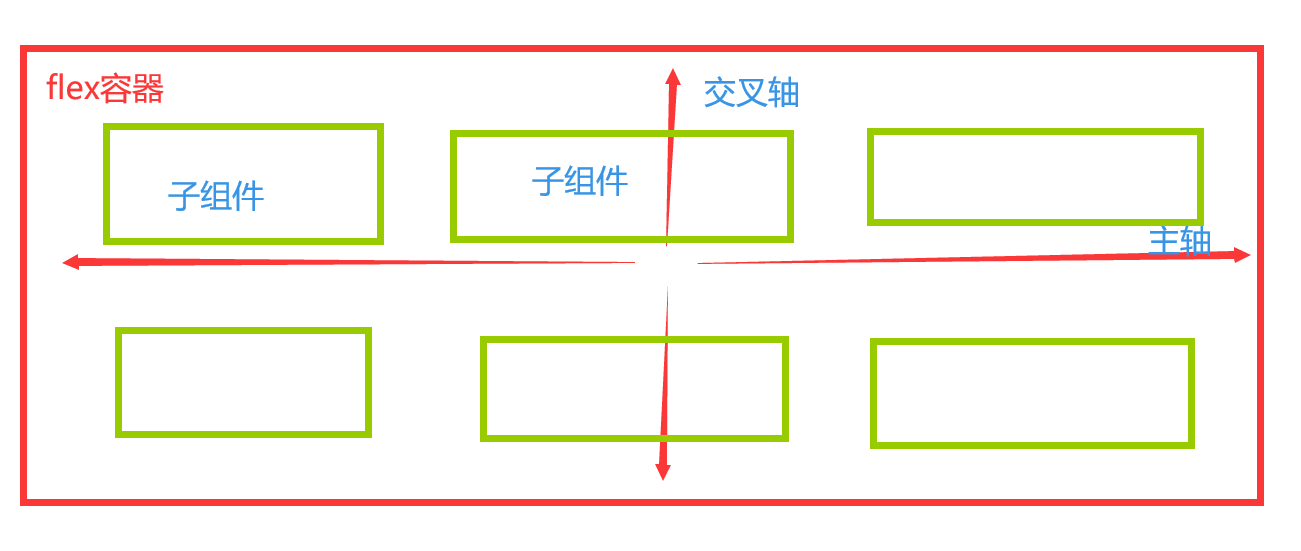本文主要是介绍论文学习---Resource allocation and beamforming desing in the short blocklength regime for URLLC,希望对大家解决编程问题提供一定的参考价值,需要的开发者们随着小编来一起学习吧!
Title:Resource Allocation and Beamforming Design in the Short Blocklength Regime for URLLC
Author:A. A. Nasir, H. D. Tuan, H. H. Nguyen, M. Debbah, and H. V. Poor
本文与上一篇文献 link.的区别:同为MISO 结构,不关注OFDM机制,关注beamforming设计

架构:下行,单基站,多个单天线URLLC用户
优化目标:最大化用户最小和速率
优化问题:1)为单天线基站联合设计带宽和功率分配;2)为多天线基站设计波束;3)对多天线基站进行破零波束下的功率分配;
特点:短码场景下的可达速率数学问题解决
仿真:在不同的发射功率预算,用户数,总带宽,传输时间,BS发射天线数条件下验证结论。
Related work
- C. She, C. Yang, and T. Q. S. Quek, “Cross-layer optimization for
ultra-reliable and low-latency radio access networks,” IEEE Trans. Wirel.
Commun., vol. 17, pp. 127–141, Jan. 2018.
proposed a packet dropping policy, and power and bandwidth allocation to satisfy the required quality-of-service (QoS) in terms of queuing delay and transmission error probability. - C. She, C. Yang, and T. Q. S. Quek, “Joint uplink and downlink resource
configuration for ultra-reliable and low-latency communications,” IEEE
Trans. Commun., vol. 66, pp. 2266–2280, May 2018.
a packet delivery mechanism to save the total bandwidth in meeting the same QoS - C. Sun, C. She, C. Yang, T. Q. S. Quek, Y. Li, and B. Vucetic, “Optimizing resource allocation in the short blocklength regime for ultra-reliable and low-latency communications,” IEEE Trans. Wirel. Commun., vol. 18, pp. 402–415, Jan. 2019.
maximizing the energy efficiency subject to the latency and reliability constraints by antenna configuration and bandwidth and power allocation - C. Sun and C. Yang, “Learning to optimize with unsupervised learning: Training deep neural networks for URLLC,” in Proc IEEE PIMRC, pp. 1–7, 2019.
use a deep neural network to learn bandwidth for providing the QoS in terms of the delay bound and the overall packet loss probability. - B. Chang, L. Zhang, L. Li, G. Zhao, and Z. Chen, “Optimizing resource allocation in URLLC for real-time wireless control systems,” IEEE Trans. Veh. Tech., vol. 68, pp. 8916–8927, Sep. 2019.
considered how URLLC can be used as an enabler for real-time wireless control systems.optimizing bandwidth and transmission power allocation in URLLC and control convergence rate subject to constraints on communication and control
Multi-user SISO
N: numbers of users, n is the index of user
B: total bandwidth, is divided into N non-overlapping subbandwidths as B n ≜ τ n B \mathcal{B}_n \triangleq \tau_n\mathcal{B} Bn≜τnB
the k-th symbol received by UE n over the bandwidth B n \mathcal{B}_n Bn is

the throughput of UE n in nats/sec can be accurately approximated


SNR:

the optimaization problem is max-min rate problem (non-convex problem)

where



Multi-user MISO
BS equipped with Nt antenna to N sigle-antenna UE over the bandwidth B.

hn is deterministic and assumed to be quasi-static over the transmission duration t, second term in eq.29 is the multi-user interference and is approximated by a Gaussian randoj variable.





Its also a non-convex problem.
RZF beamforming
Using RZF to obtain the trade-off between performance and computationmal efficiency. Instead of optimizaing N complex-valued vector variables of dimension Nt, optimize only N positive decision variables of power allocation.
Express the channel from the BS to UE n as

where β n \sqrt{\beta_n} βn models the path-loss and large-scale fading
h ~ n H \tilde{\bold h}_n^H h~nH: normalized small-scale fading channel vector
The matrix of RZF beafmroming:

N is greater than transmit antennas Nt. The RZF beamformers are defined by

The vector p ≜ ( p 1 , p 2 , . . . p n ) \bold p \triangleq (p_1,p_2,...p_n) p≜(p1,p2,...pn) is the vector of power allocation for RZF beamformers. Then





Optimization problem is

Its also a non-convex problem due to the non-concave rate function.
All these non-convex problems are solved with the proposed path-following algorithm in this paper. It you’d like to invesigate further, read it again and the appendix.
Simulation and numerical results
- Simulation settings

with the path-loss exponent α = 3.76 \alpha=3.76 α=3.76 and h ~ n \tilde{h}_n h~n is normalized channel gain generated assuming Rayleigh fading.
noise power spectral density σ 2 \sigma^2 σ2 is -174dBm/Hz,
decoding error probability ϵ c \epsilon^c ϵc is 1 0 − 5 10^{-5} 10−5
transmit antennas Nt=8, and the number of users N=8
transmit power budget PT=25dBm
bandwidth B=1MHz
transmission duration is set to t = 0.05 msec - perfomance representation
average max-min rate in bits/sec/Hz
Compare the URLLC rate and Shannon rate(provide the upper bound)
RA in SISO
Compare the performance using RA with Algorithm 1 and the equal BW allocation. Obviously, with optimized resource allocation algorithm , the max-min rate improved.


RA in MISO

这篇关于论文学习---Resource allocation and beamforming desing in the short blocklength regime for URLLC的文章就介绍到这儿,希望我们推荐的文章对编程师们有所帮助!








